-
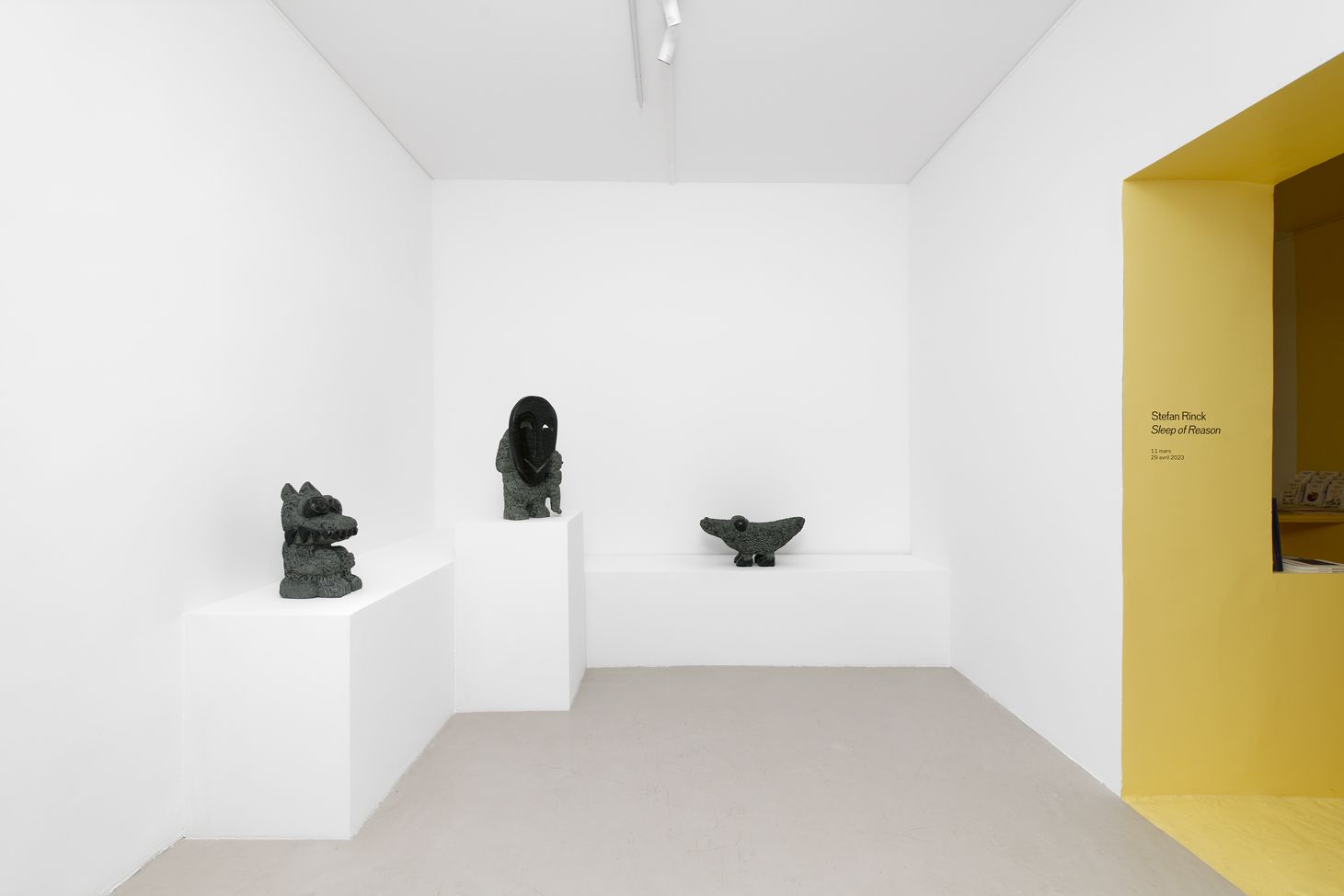 1/5
1/5
Stefan Rinck, Sleep of Reason
-
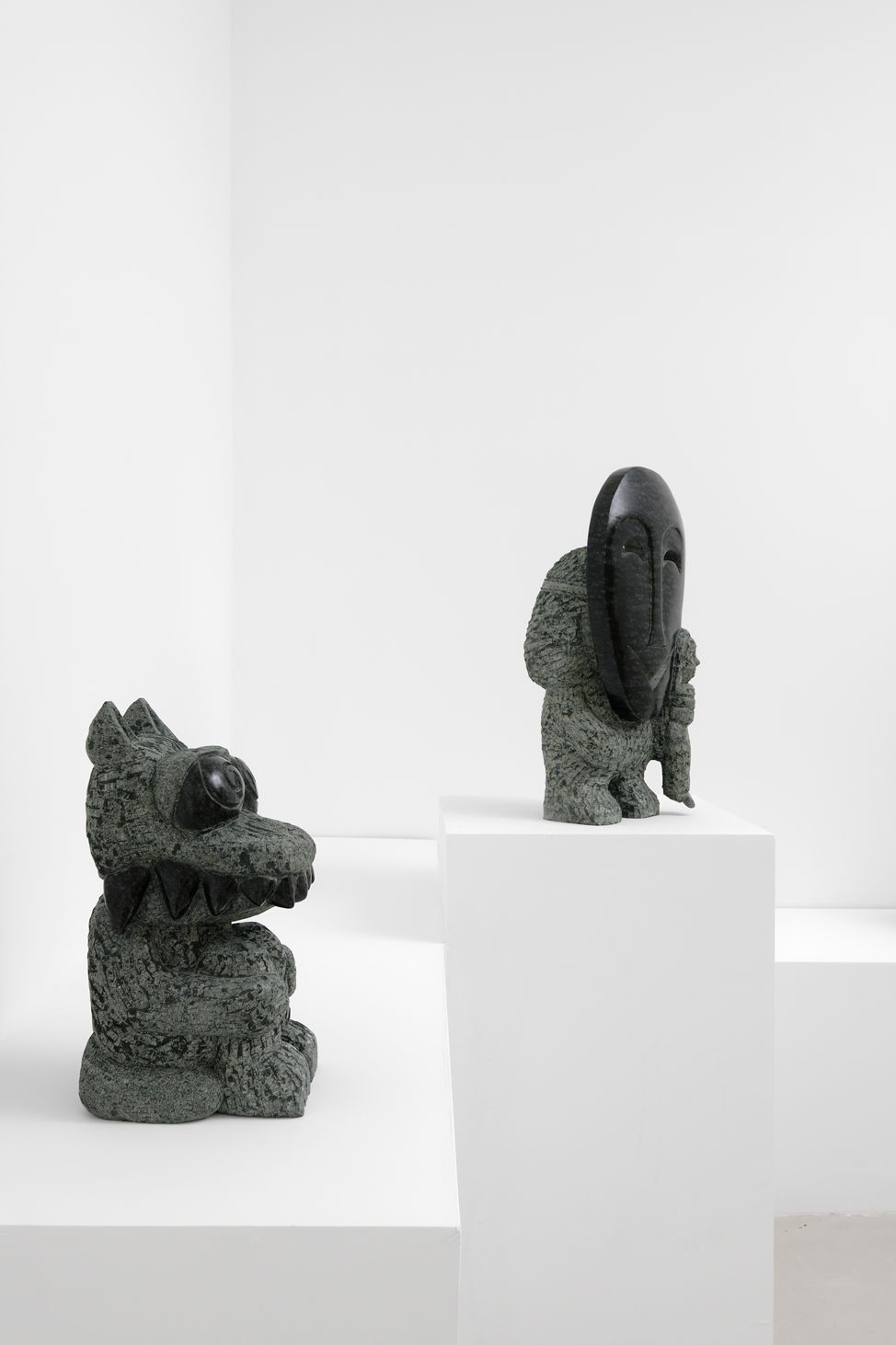 2/5
2/5
Stefan Rinck, Sleep of Reason
-
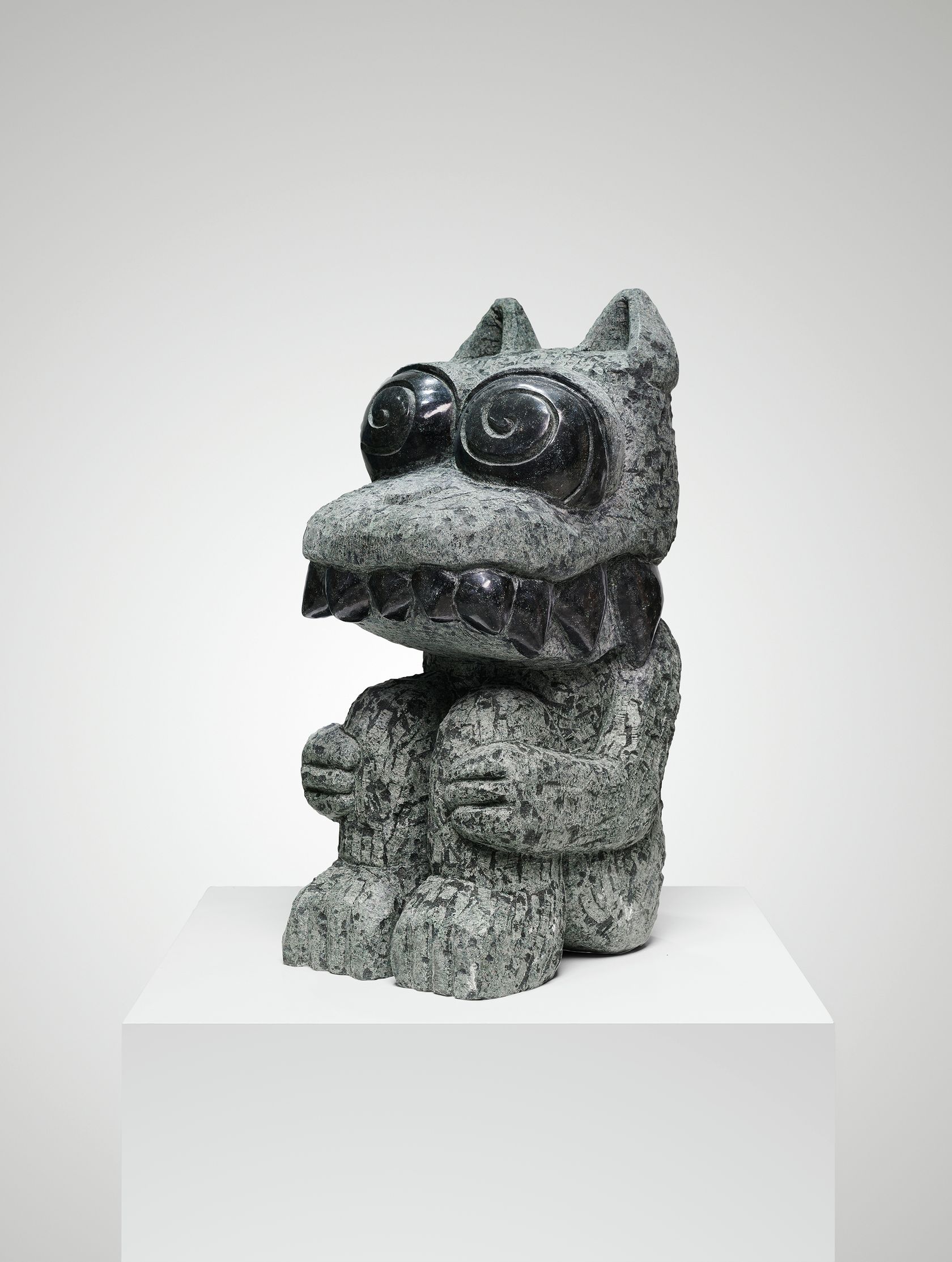 3/5
3/5
Stefan Rinck, Sleep of Reason
-
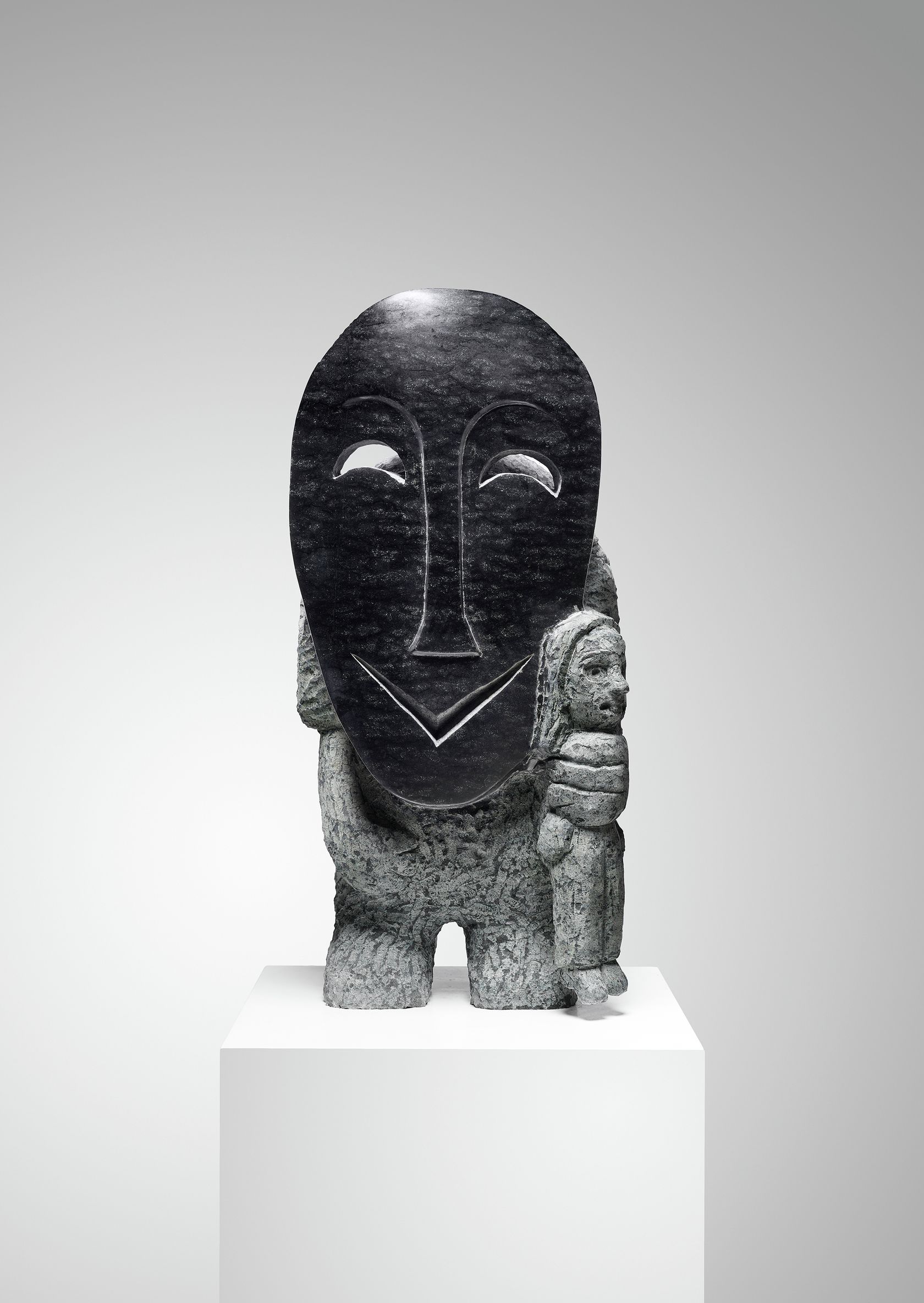 4/5
4/5
Stefan Rinck, Sleep of Reason
-
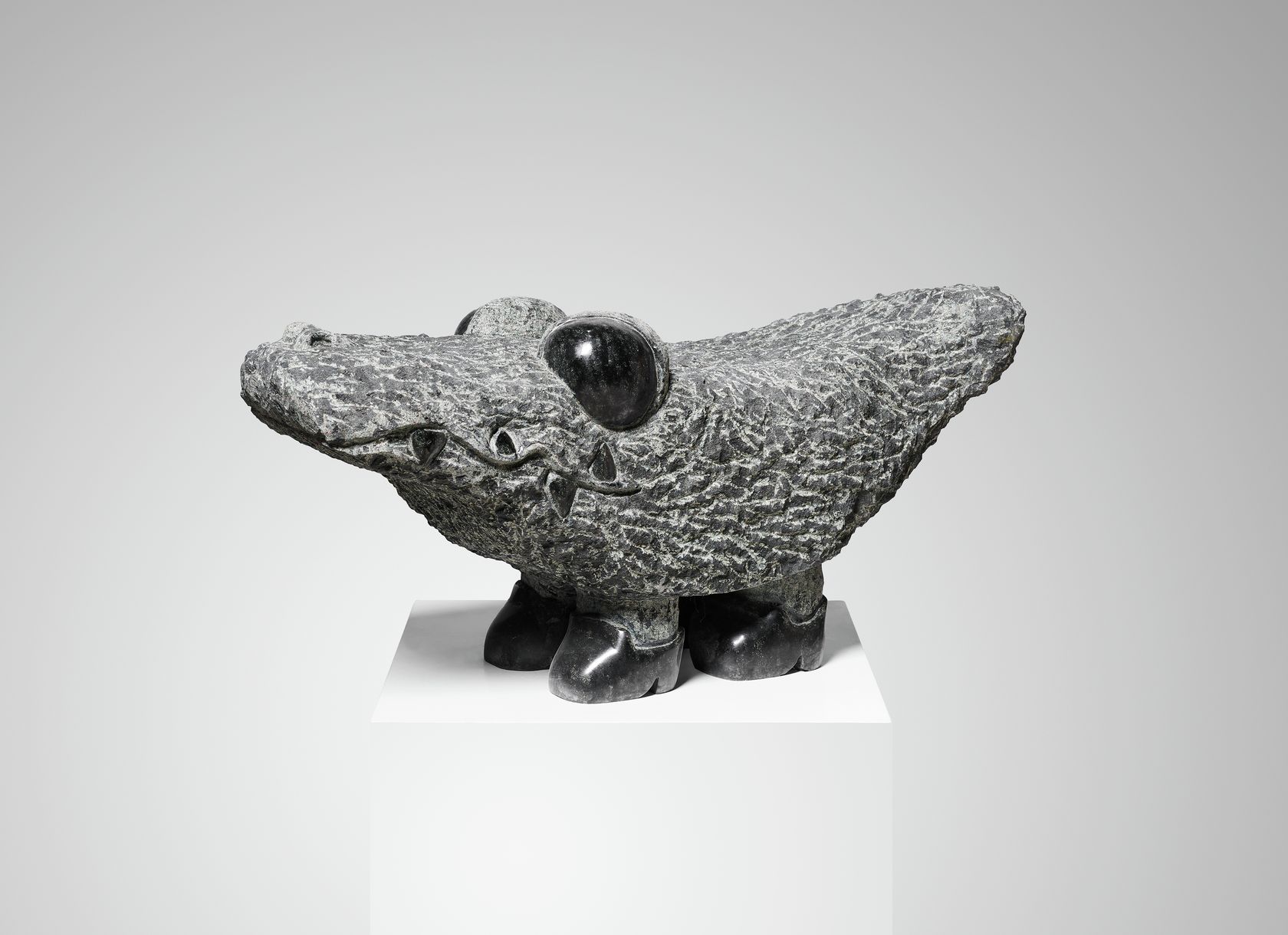 5/5
5/5
Stefan Rinck, Sleep of Reason
The three new sculptures on display in the Project Room demonstrate once again the artful way in which the artist conceals scathing criticism behind apparently playful or outlandish imagery. Using the grotesque as a springboard in the purest medieval tradition, his buffoonish characters knock figures of authority off their perches with a healthy kick in the pants.
In the conclusion of Bazon Brock’s 2016 essay on Stefan Rinck, we find the following dizzying statement: “In everything produced by contemporary artists, we discover the same spiritual and intellectual developments as those that were manifested in the Lascaux caves or on Easter Island. This means that each work traverses the history of artistic production of a thousand generations.” As hyperbolic as it may be, this proposition is easily verified in Stefan Rinck’s work. At the merest glance, it is clear that his sculptures come from very far away, not only from immemorial geological ages, but also from ancient myths. On the one hand, his figures are embodied in diabase also known as dolerite, an igneous rock similar to basalt, millions of years old and derived from the deep layers of the Earth’s crust or the upper layers of its mantle. The use of this material places them on a geological scale that predates humanity and is ahistorical in that its origins are beyond our grasp of history and attempts at dating. On the other hand, these sculptures evoke myths and representative conventions of various origins, interweaving narratives and registers in a kind of profane syncretism—Romanesque art and a Romantic rereading of the “Gothic”, Aztec influences and the Flintstones, etc. An example is the crocodile, a recurring subject in Stefan Rinck’s work, and an animal that is as fascinating as it is feared. It is the focus of many legends, whether we are reminded of Crocodilopolis, an ancient Egyptian city, where the crocodile-headed deity Sobek was worshipped, or the cruel Roman tyrant Elagabalus who raised and kept a crocodile. The crocodile is also part of popular culture, whether as the logo of a well-known brand of leisurewear or as Tick-Tock in Peter Pan. In breathing life back into stereotypical figures, Rinck suggests a rereading of the world and various eras from his own 21st century perspective, subtly tackling the barbarity of progress and the primitiveness of scientific language.
Through a combination of cryptic symbols and accessories / attributes, these stone masses are subject to a narrative and critical twist. These characteristics are revealed in Comedy (2022), where the figure’s mask is both smiling yet ambivalent—is it the mask of an executioner or is it tribal in nature? Is it funny, sacred or terrifying? The way the figure is holding a female doll in its fist is not particularly reassuring… At other times, Stefan Rinck pushes his stylization into comic or cartoonish territory. Mr Croc (2022), a small crocodile with bulging eyes and a toothsome smile, belongs in this category. The terrifying animal is reduced to the rank of a mascot and its menacing power subjected to ridicule. In Flashback (2022), a vaguely human body topped with an animal head, yet another stylistic device, common in Stefan Rinck’s work comes into play, that of the personification of animals. These effects are always potent, as man often recognizes himself more clearly in the form of caricatured animals than in his own fellow beings. This was one of the lessons taught to us by Jean de la Fontaine. This satire is further enhanced by a detail borrowed from the comic book register: spiral eyes, which are often used to represent confusion or an altered state of mind. This figure is in a crouching position and has been visibly removed from its original block of stone by hand. The impact marks cover the entirety of the sculpture, with the exception of the eyes and teeth, which have been meticulously polished to bring out the brilliance of the material.
Stefan Rinck is well versed in the semantics of figurative representation, and employs them on many different levels. There is however always a common denominator: sarcastic and scathing humor. His sculptures also take advantage of the dichotomy between the elegance of his symbols’ language and the raw power of the stone; between the delicacy of a line or an expression, taken from a drawing executed on the fly, and the long and patient work of carving, to which the artist devotes himself with evident pleasure. The real tour de force of these sculptures however, is his knowledge of how to translate, with apparent simplicity, a caustic and vibrant energy from the inertia of stone.
To round off the above-mentioned subject of eras, let’s leave it to Anne Bonnin to conclude. In the first text in French devoted to Stefan Rinck in 2017, she pointed out: “These sculptures are anchored in the surreal more than in reality, a rocky, surreal world that already existed, in nature, before it was observed by the human gaze, which it contributed in shaping. Perhaps they evoke a time when non-humans spoke, because humans listened to them?”
Laetitia Chauvin
Translation: Chris Atkinson